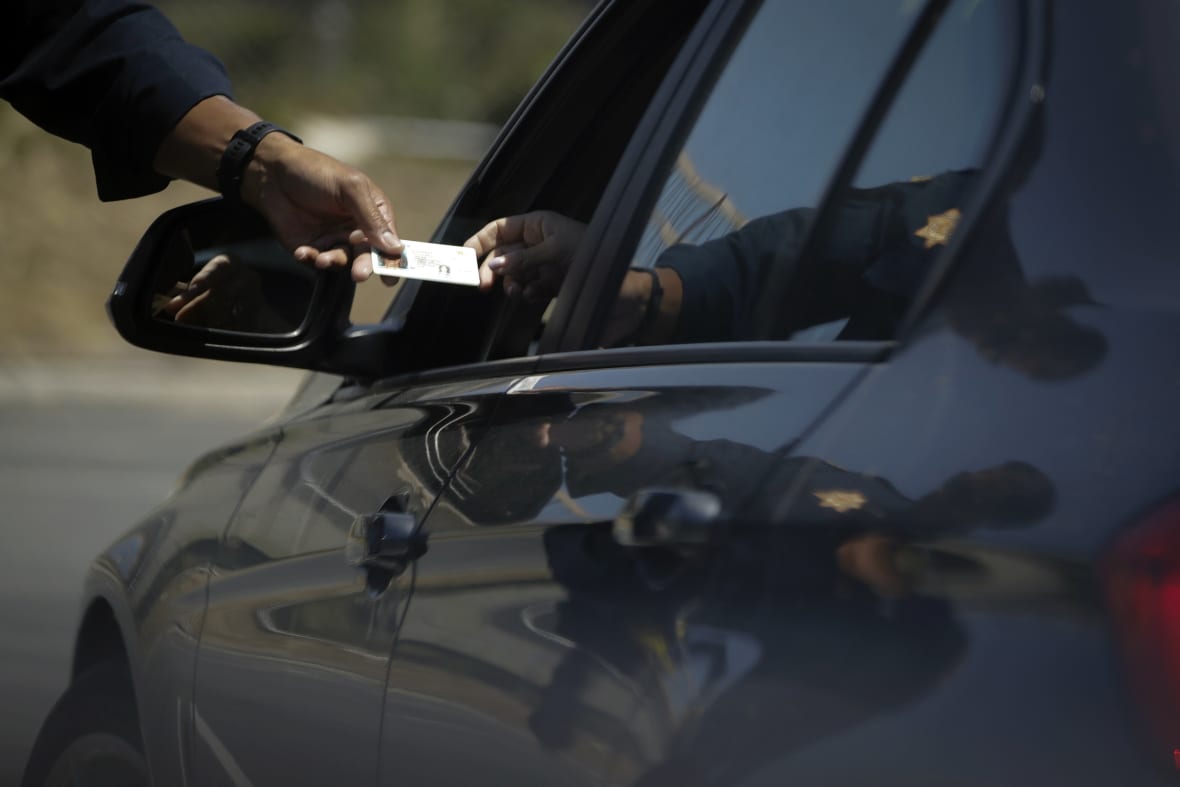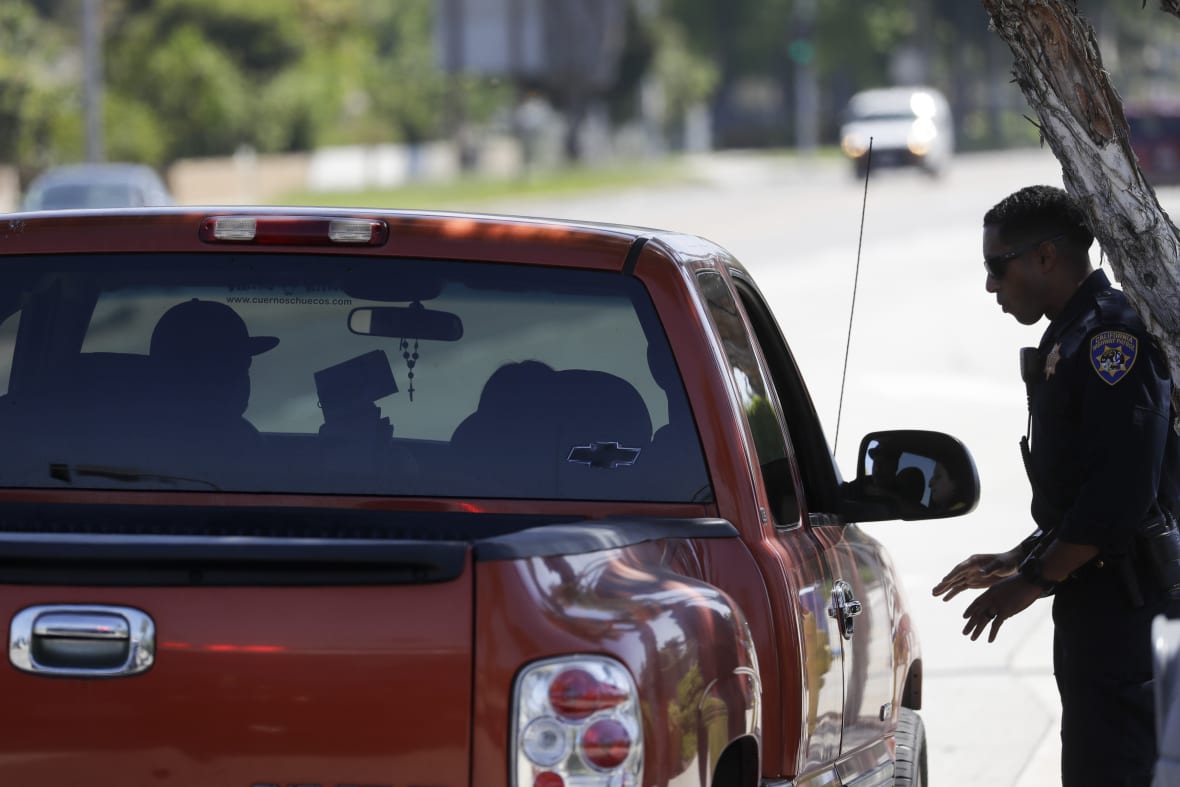Cops search teens perceived as Black 6x more often than teens thought to be white, report finds
Police were also more than twice as likely to use force against people they thought were Black, as compared to people whom officers believed to be white, per the report.
LOS ANGELES (AP) — California law enforcement searched teenagers whom officers perceived to be Black at nearly six times the rate of teens believed to be white during vehicle and pedestrian stops in 2021, according to a state report released Tuesday.
The annual report by California’s Racial and Identity Profiling Advisory Board — part of a law that initially took effect in 2018 — is among several reforms taken by the state in recent years amid increased focus on police brutality and racial injustice nationwide.

The board’s report includes data on vehicle and pedestrian stops by officers from 58 law enforcement agencies in 2021. The data includes what officers perceived to be the race, ethnicity, gender and disability status of people they stop so that the state can better identify and analyze bias in policing.
The 58 agencies — which include the 23 largest departments in the state — collectively made more than 3.1 million vehicle and pedestrian stops in 2021. By April, all of California’s more than 500 law enforcement agencies must submit their data.
The data includes how officers perceive an individual’s race or gender, even if it’s different than how the person identifies, because the officer’s perception is what drives bias. The board’s work informs agencies, the state’s police office training board and state lawmakers as they change policies and seek to decrease racial disparities and bias in policing.
In more than 42% of the 3.1 million stops by those agencies in 2021, the individual was perceived to be Hispanic or Latino, according to the report. More than 30% were perceived to be white and 15% were believed to be Black.
Statewide, however, 2021 Census estimates say Black or African American people made up only 6.5% of California’s population, while white people were about 35%. Hispanic or Latino people made up roughly 40% of the state’s population that year.
“The data show that racial and identity disparities persist year after year,” the report said. “The Board remains committed to analyzing and highlighting these disparities to compel evidence-driven strategies for reforming policing and eliminating racial and identity profiling in California.”

For example: Police handcuffed, searched or detained — either curbside or in a patrol car — individuals whom they believed to be Black youths between 15 and 17 years old during a higher percentage of traffic stops than any other combination of perceived race or ethnicity and age groups.
Law enforcement also searched people who were perceived to be Black at 2.2 times the rate of people thought to be white, the report said. And police were more than twice as likely to use force against people they thought were Black, as compared to people whom officers believed to be white.
Yet law enforcement officials reported taking no action most frequently after making stops of people they believed to be Black individuals, as compared to other racial and ethnic groups, “indicating those stopped Black individuals were not engaged in criminal activity,” the report said.
“Based on the research, the Board believes that public health officials and policymakers should treat racial and identity profiling and adverse policing as significant public health issues,” according to the report. “It is imperative to recognize that police interactions can negatively affect the mental and physical health of individuals who are Black, Hispanic/Latine(x), Indigenous, and people of color.”
This year’s report includes data from 40 more agencies than the 2020 report, meaning it analyzed an additional 246,000 stops. Of the 18 agencies that collected data in both years, 13 made fewer stops in 2021. The report said the COVID-19 pandemic may have impacted those figures.
The 2021 findings were consistent with previous reports by the board that similarly showed law enforcement’s racial and identity profiling through the traffic stops.
TheGrio is FREE on your TV via Apple TV, Amazon Fire, Roku, and Android TV. Please download theGrio mobile apps today!


